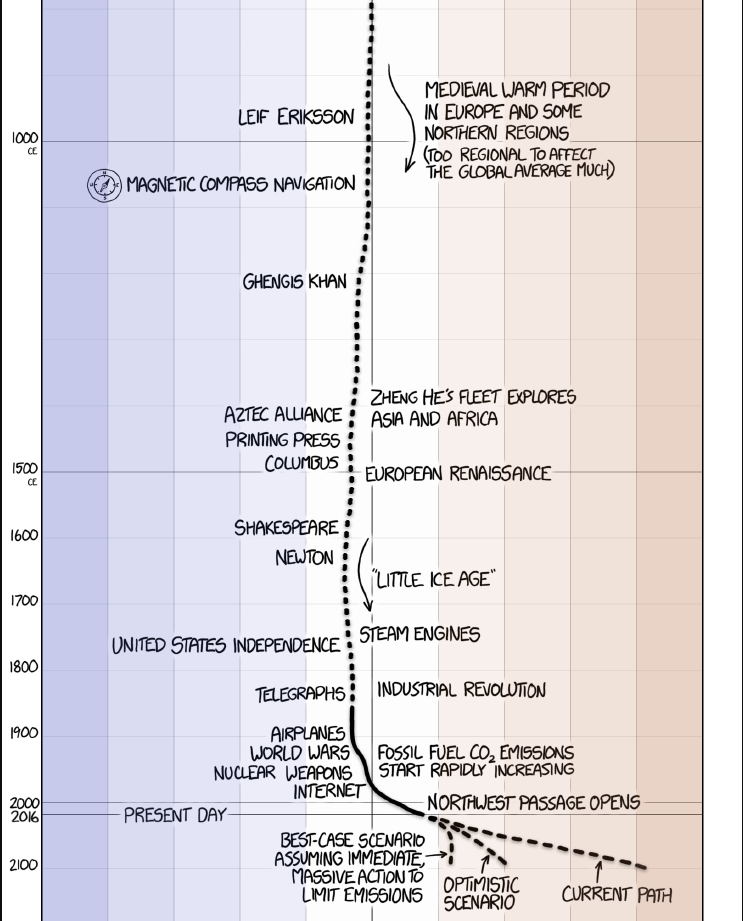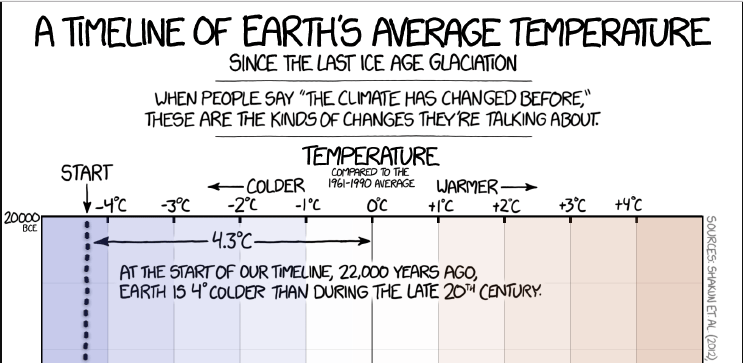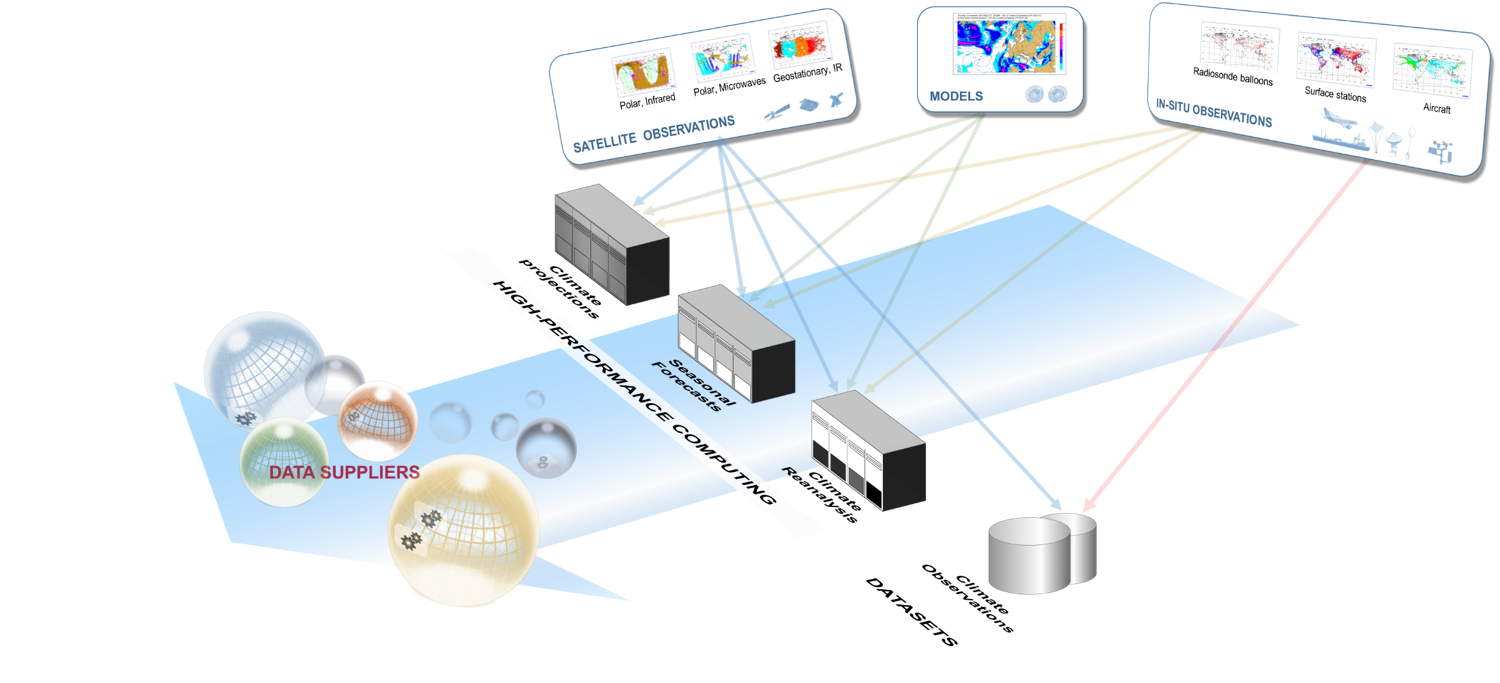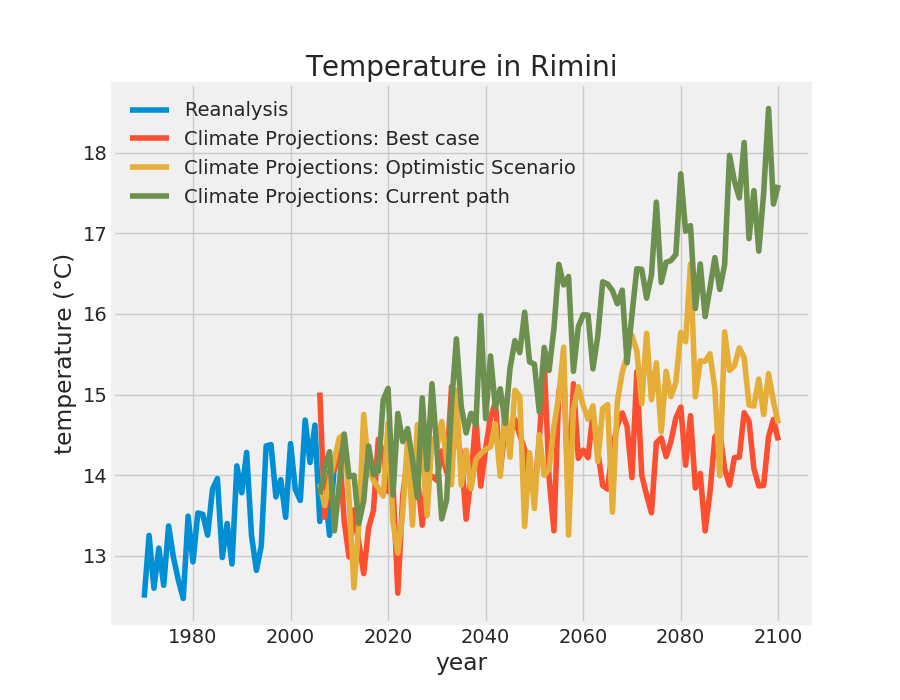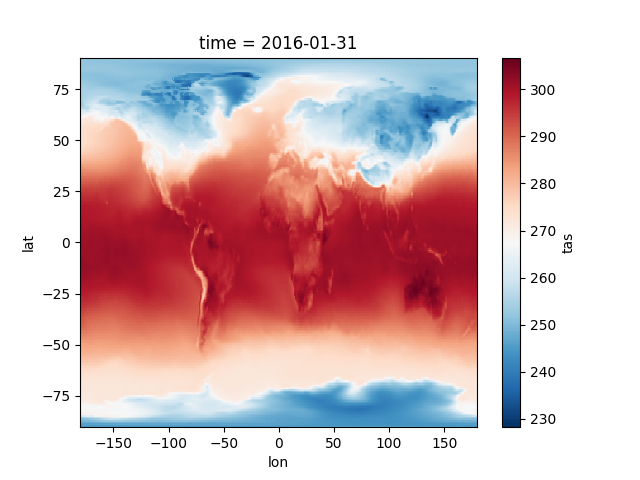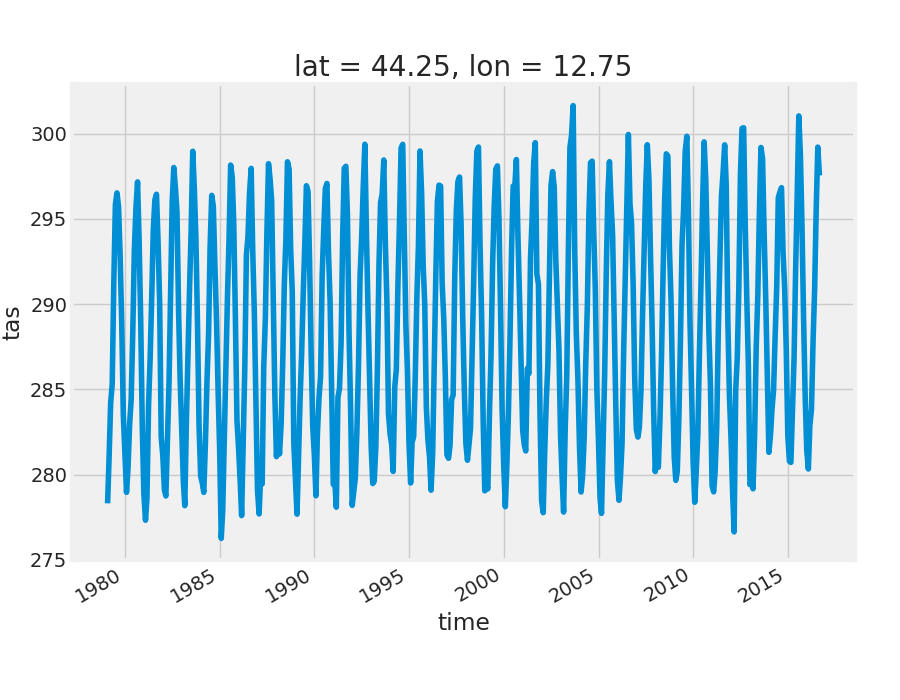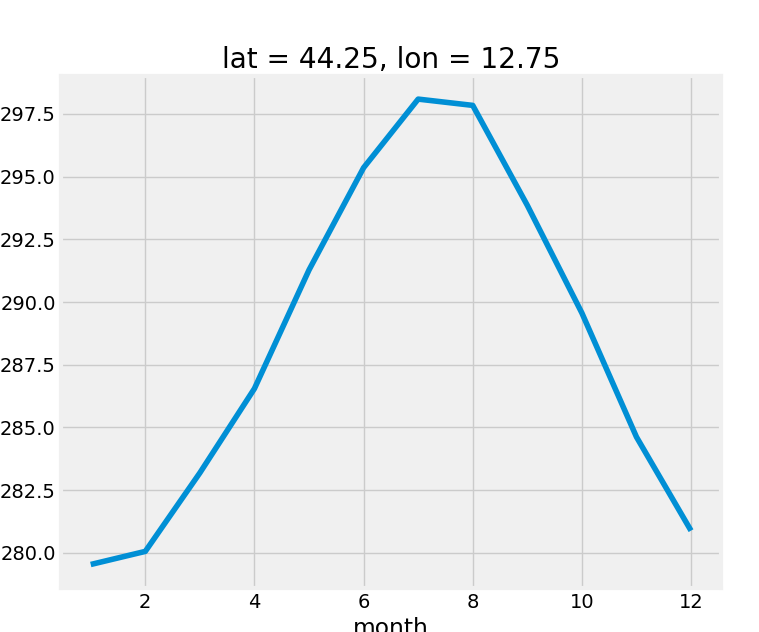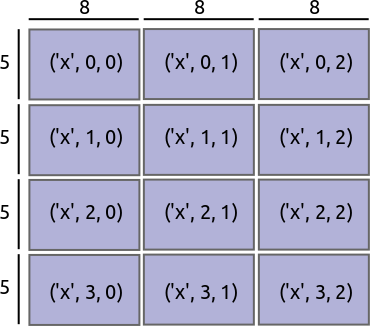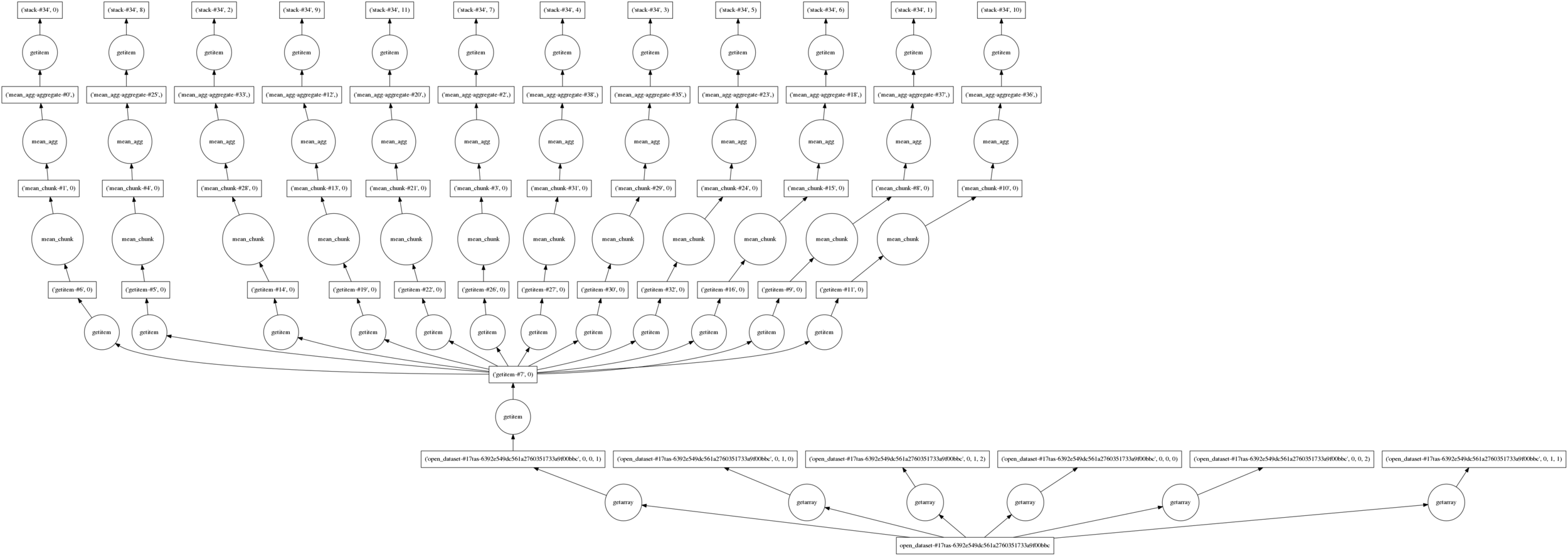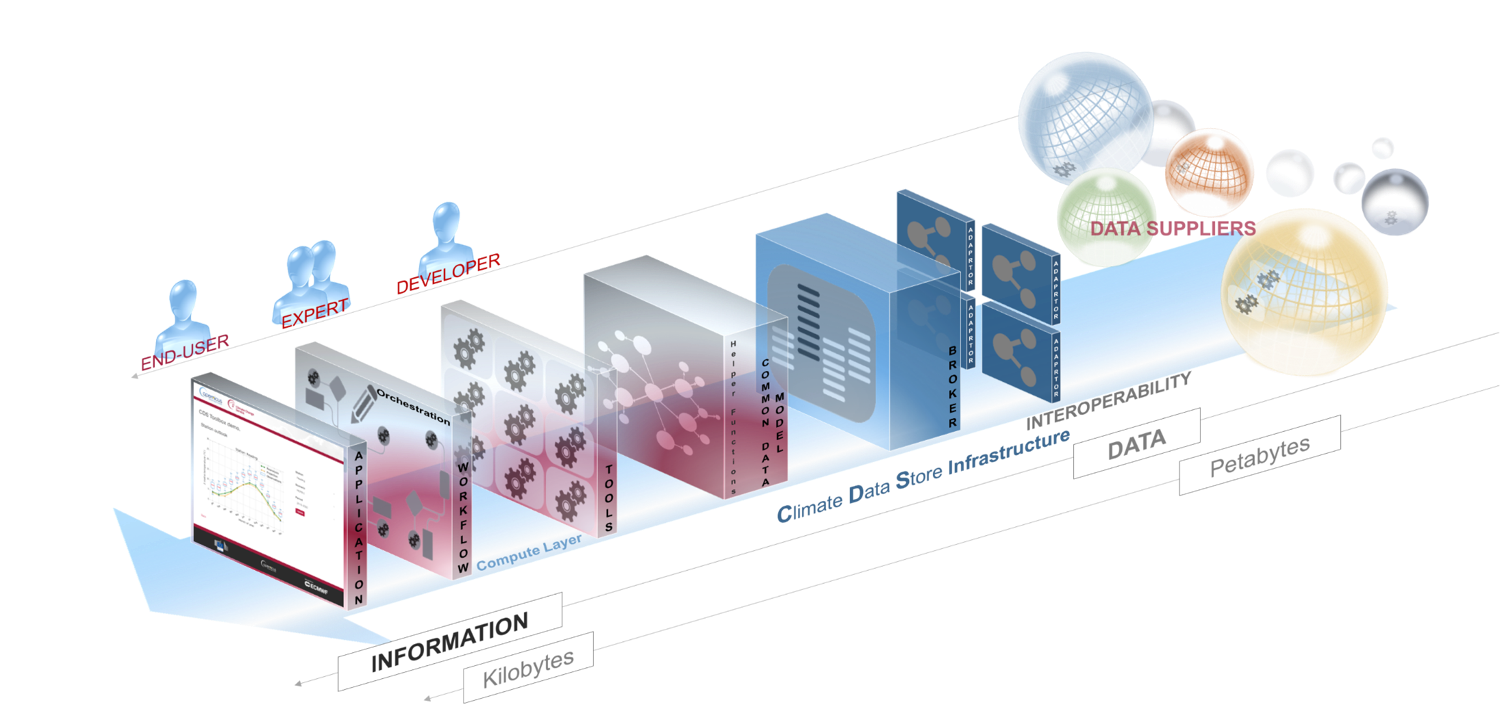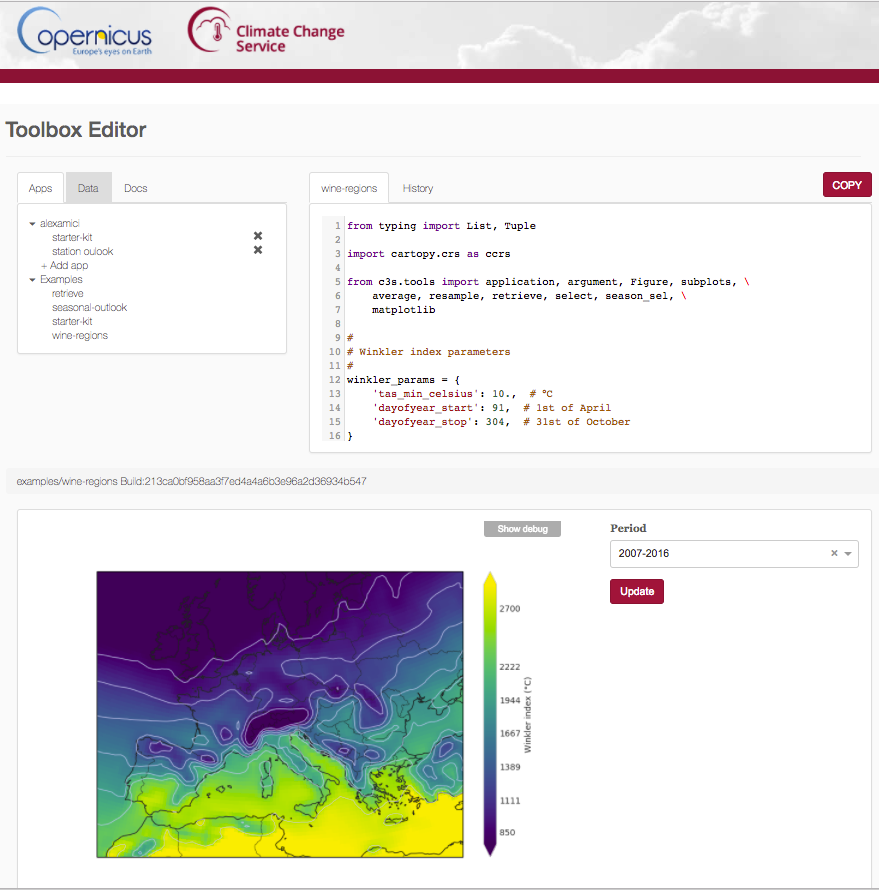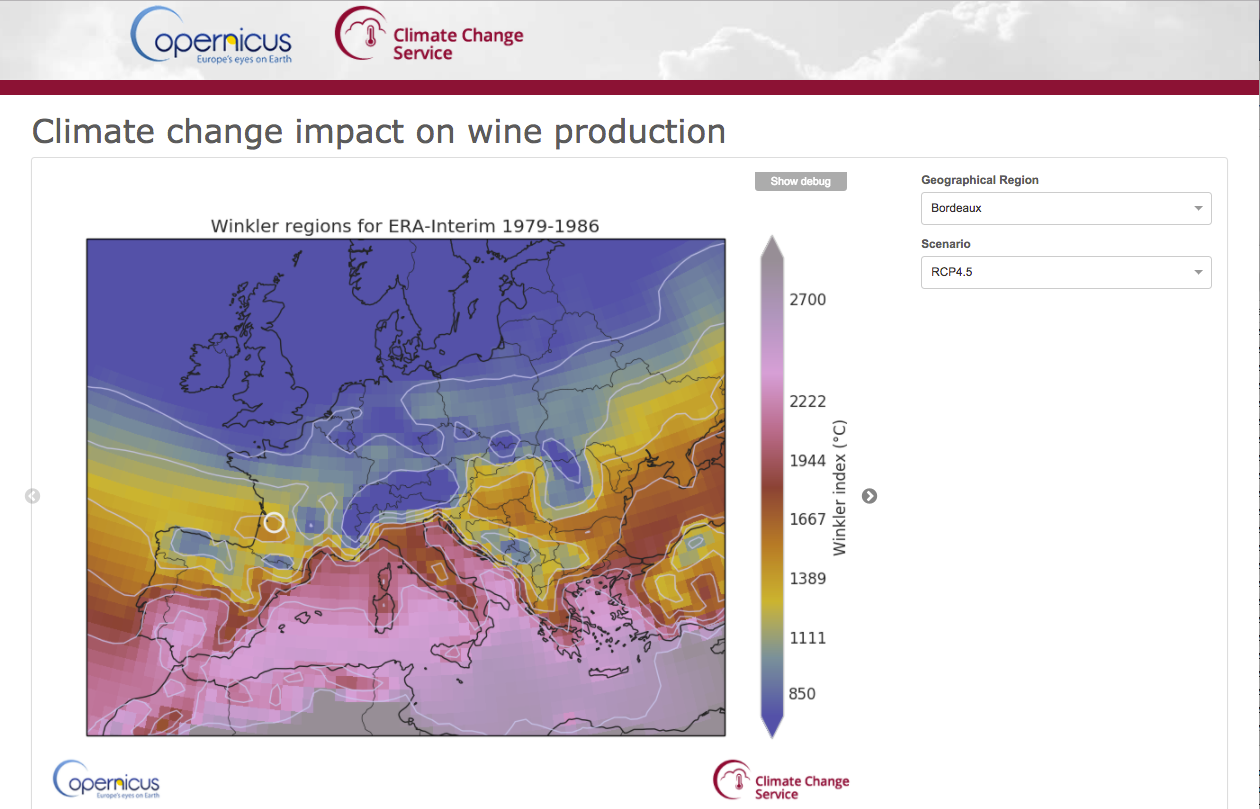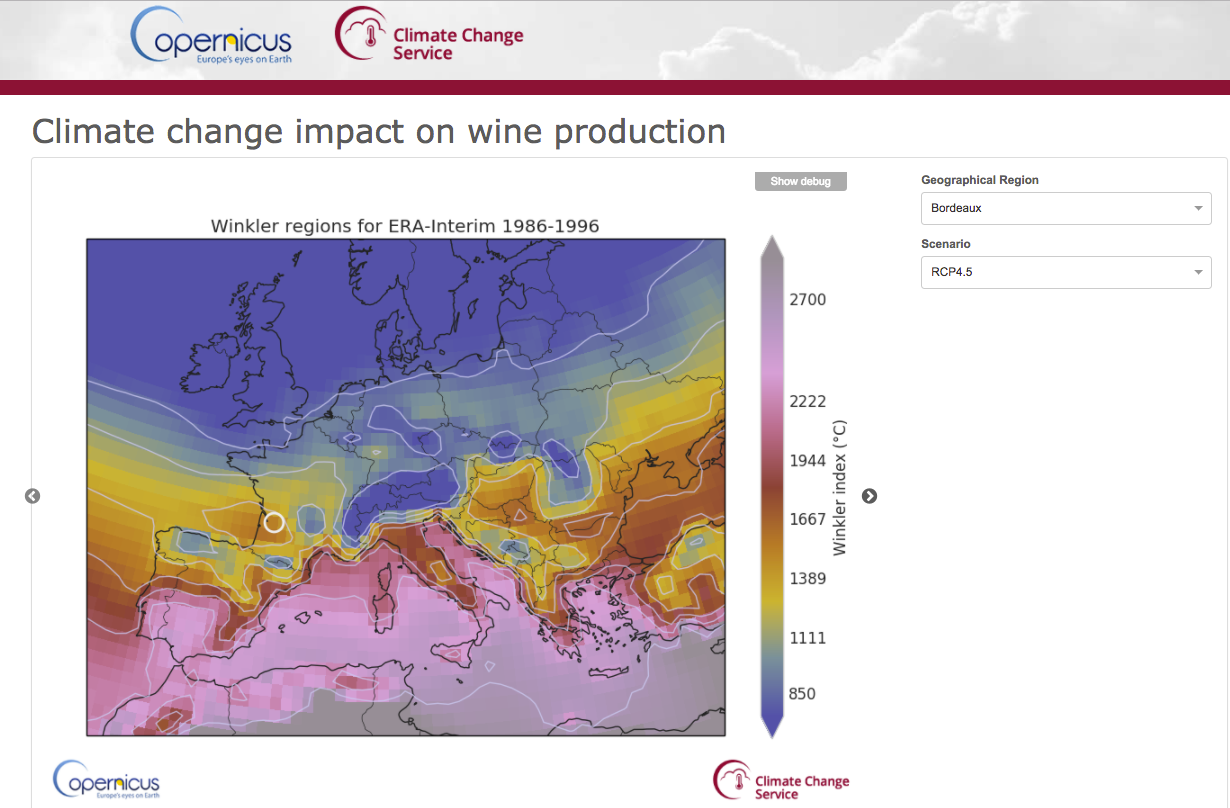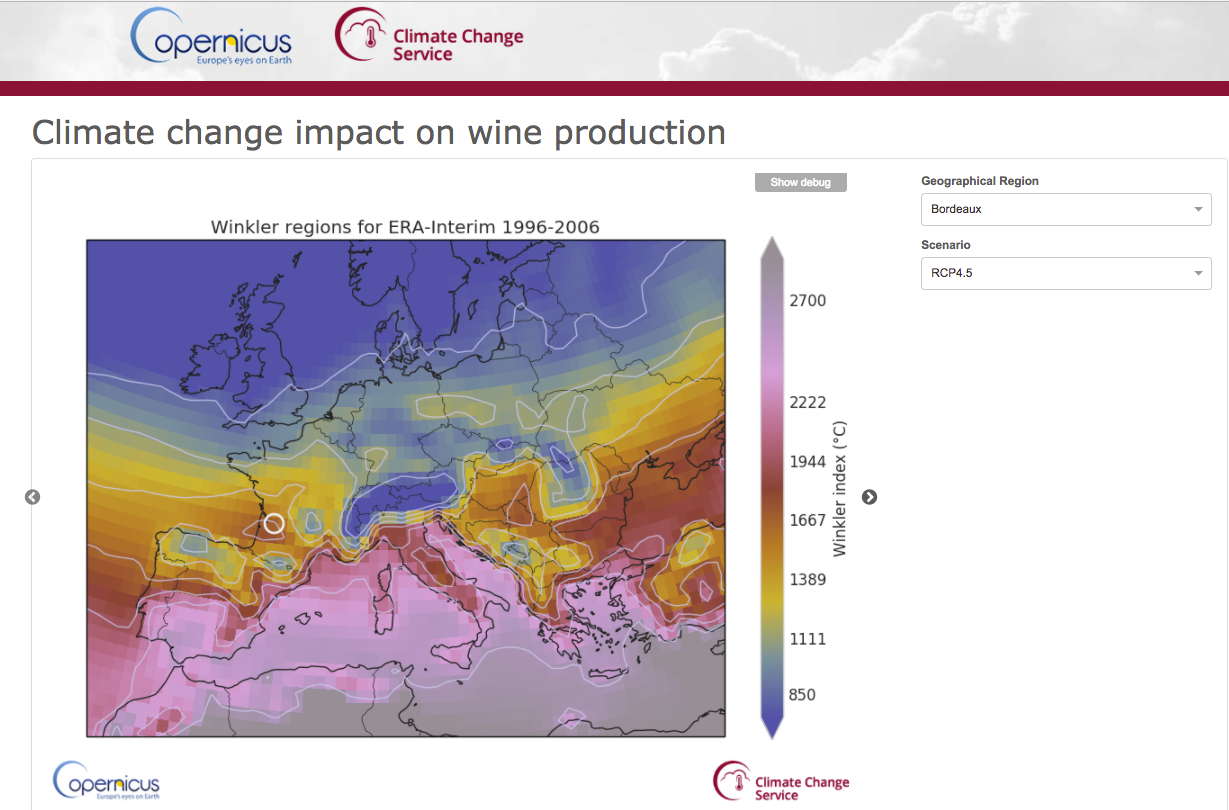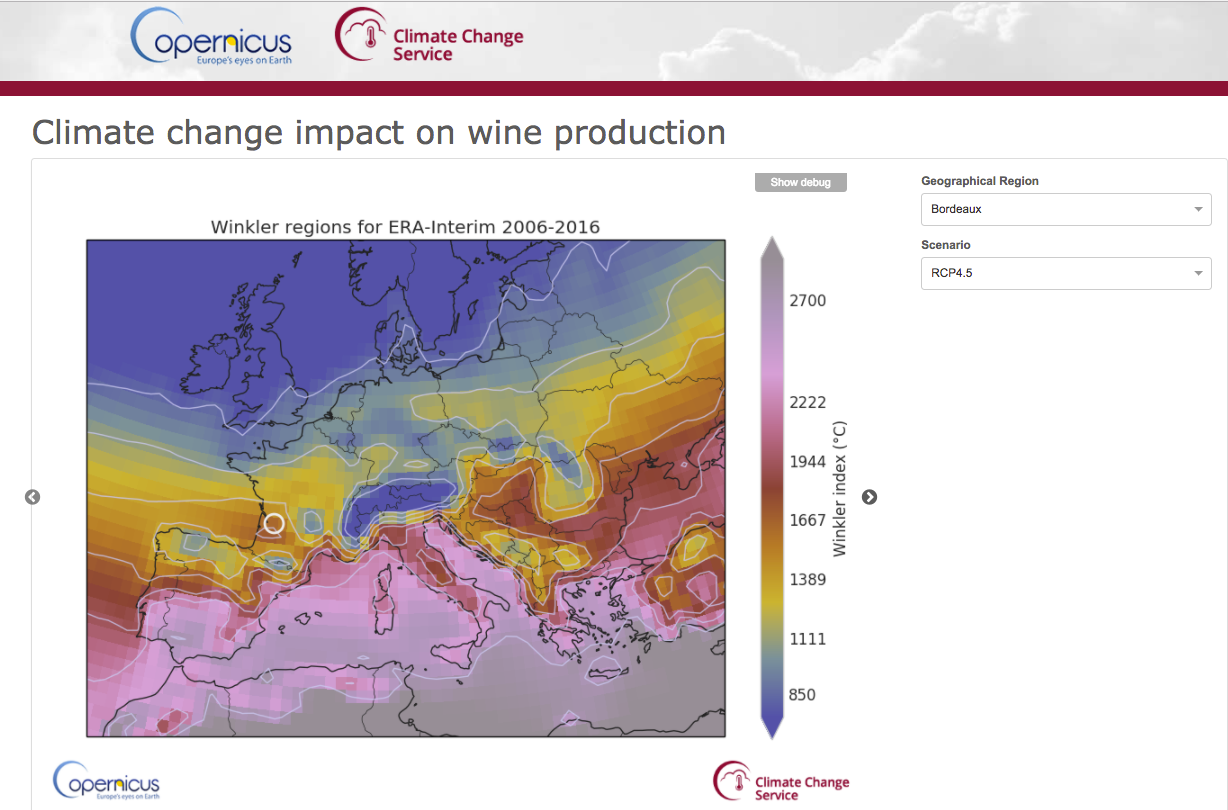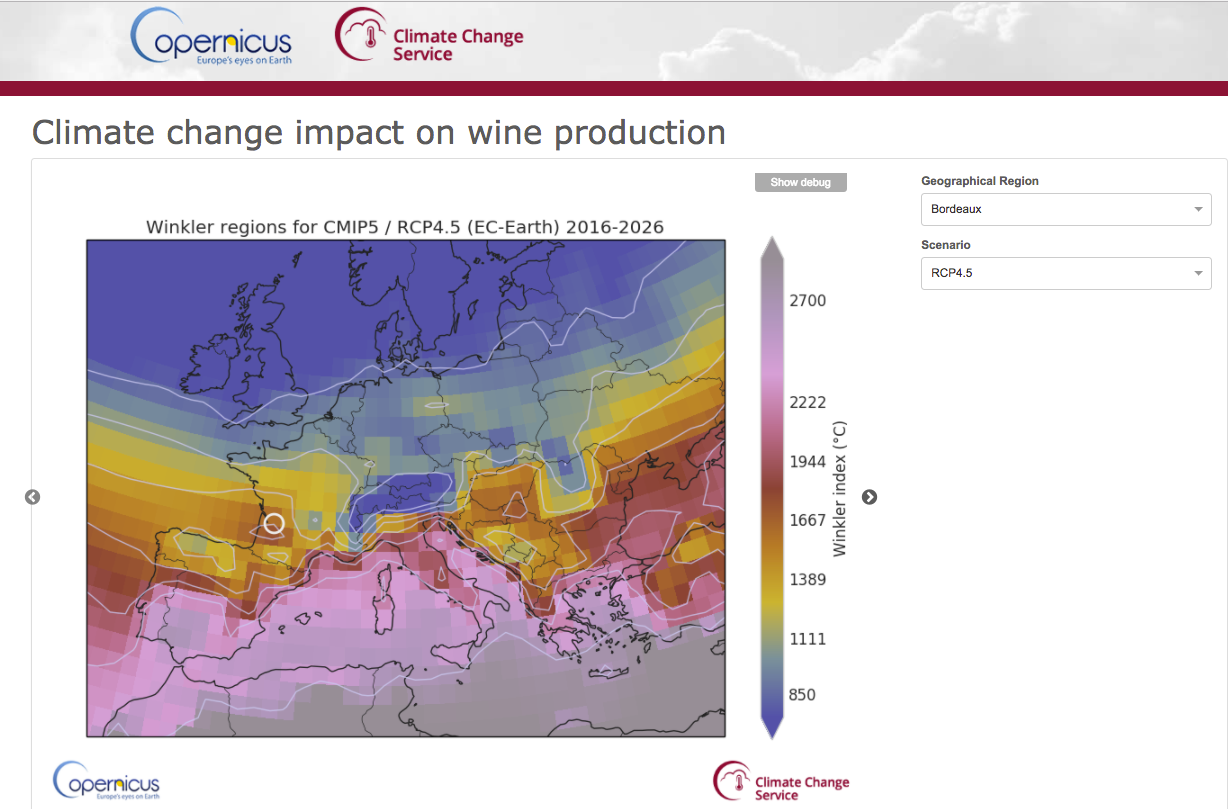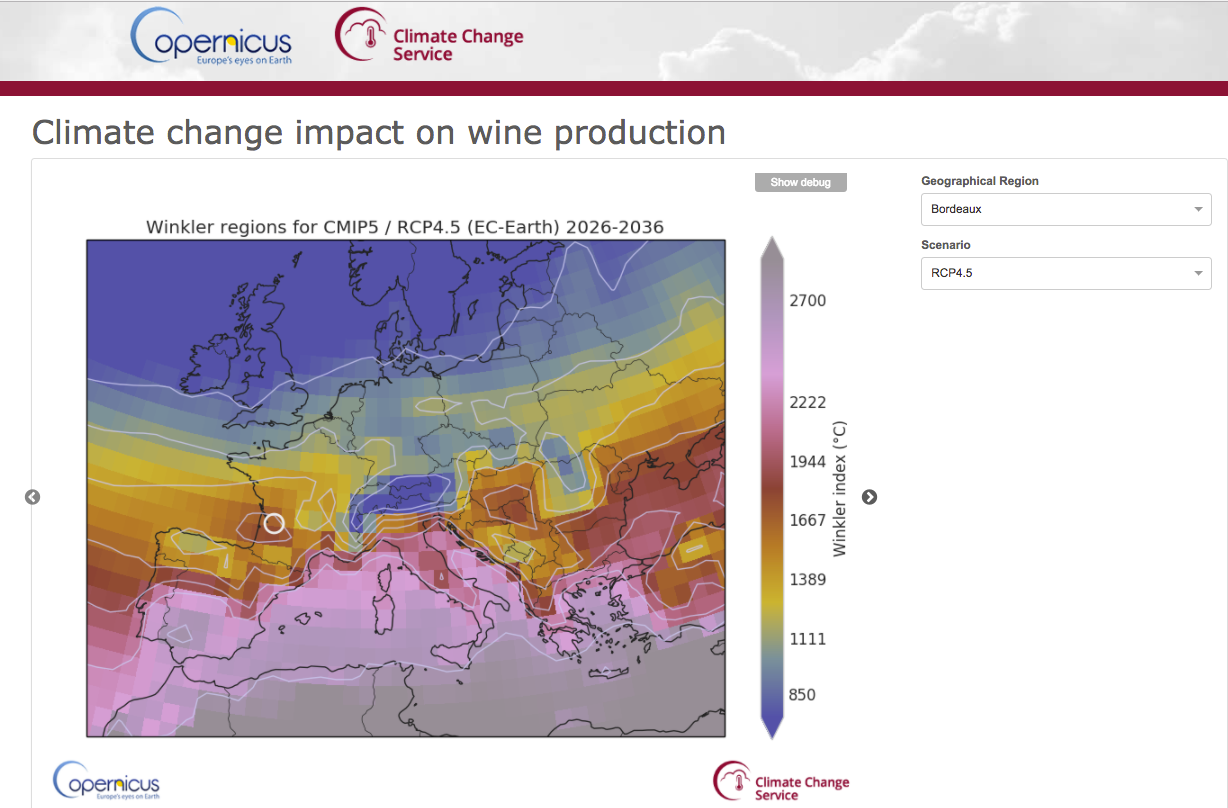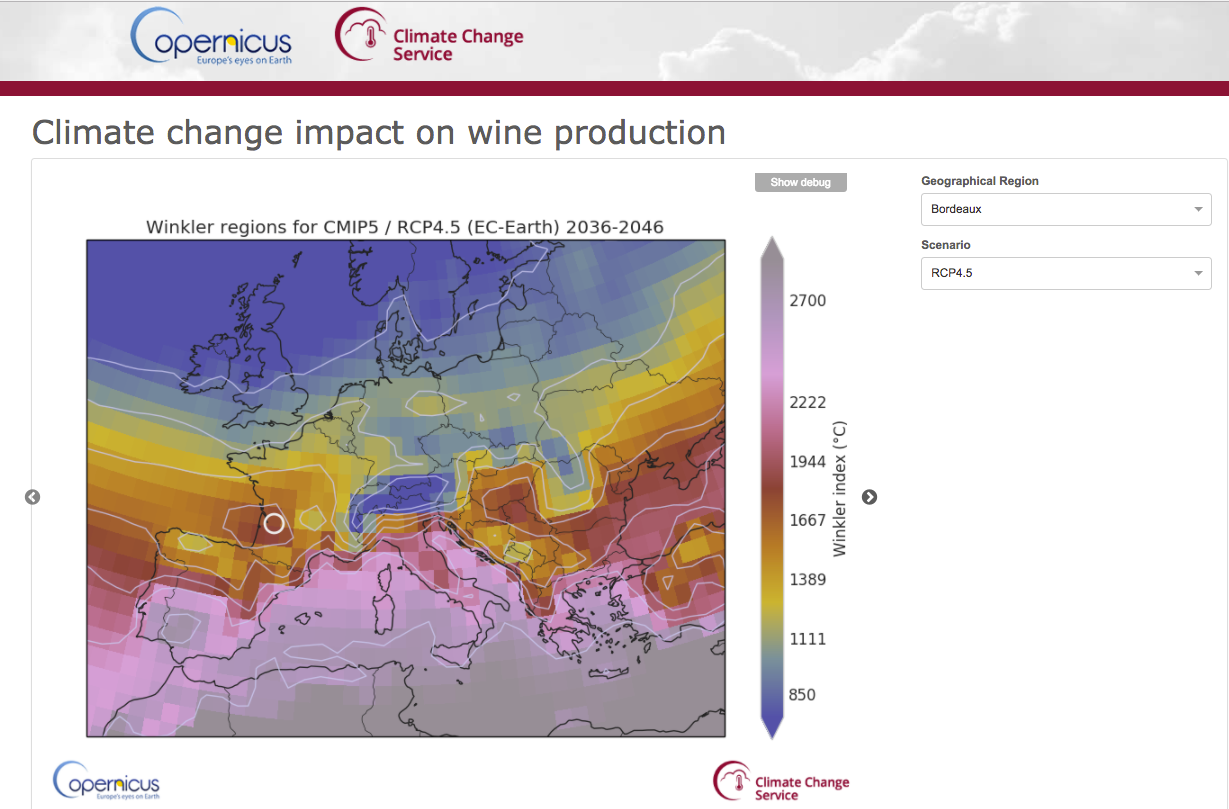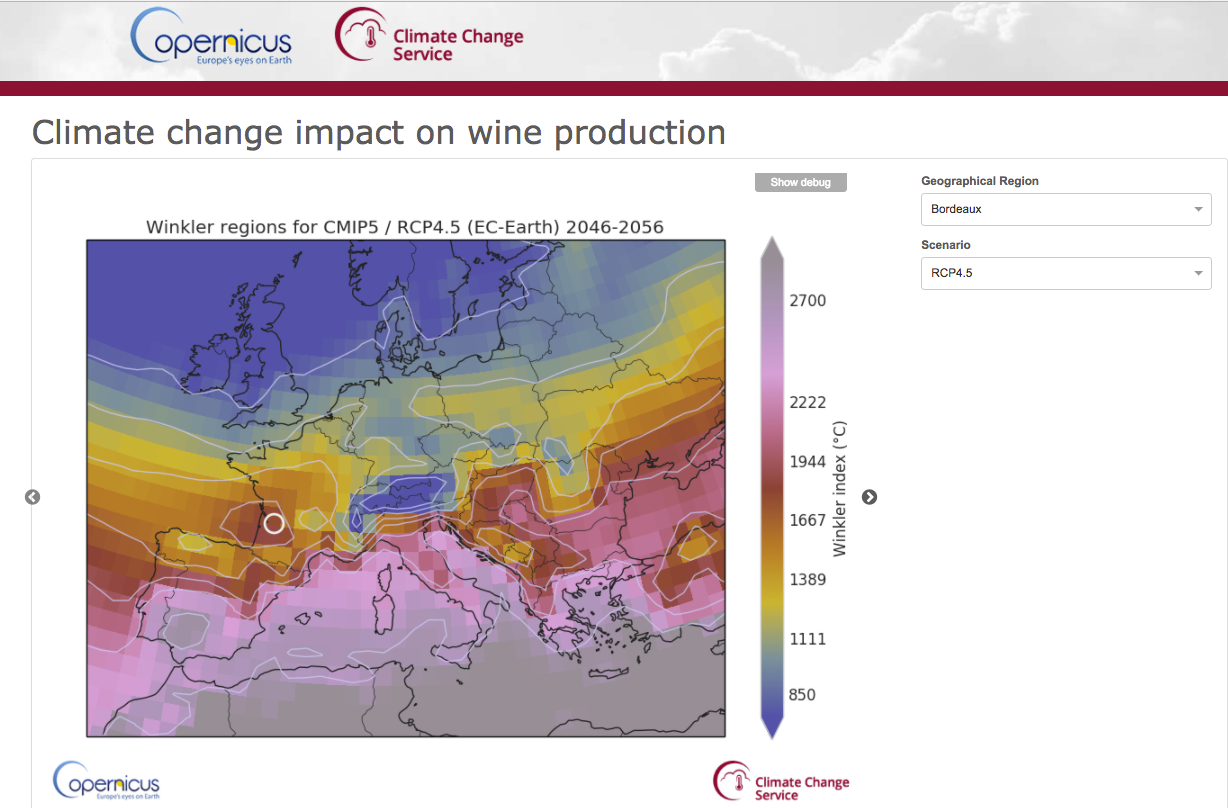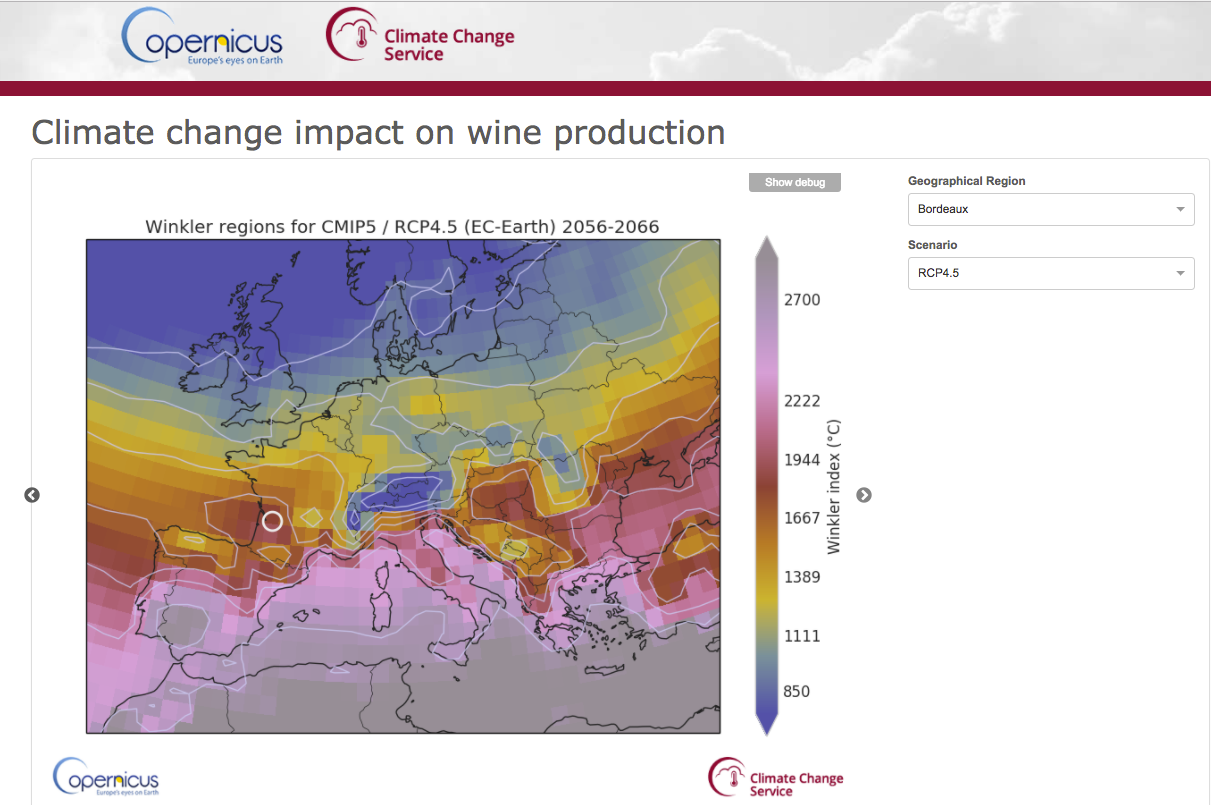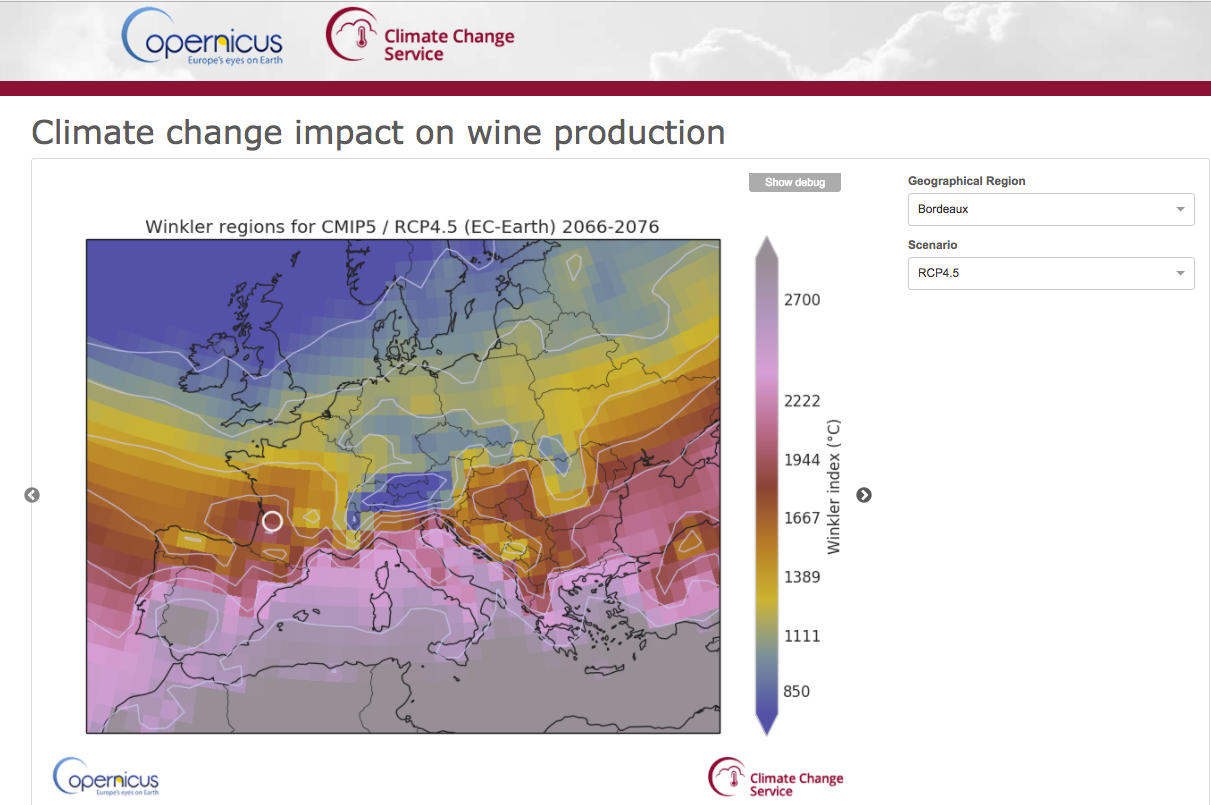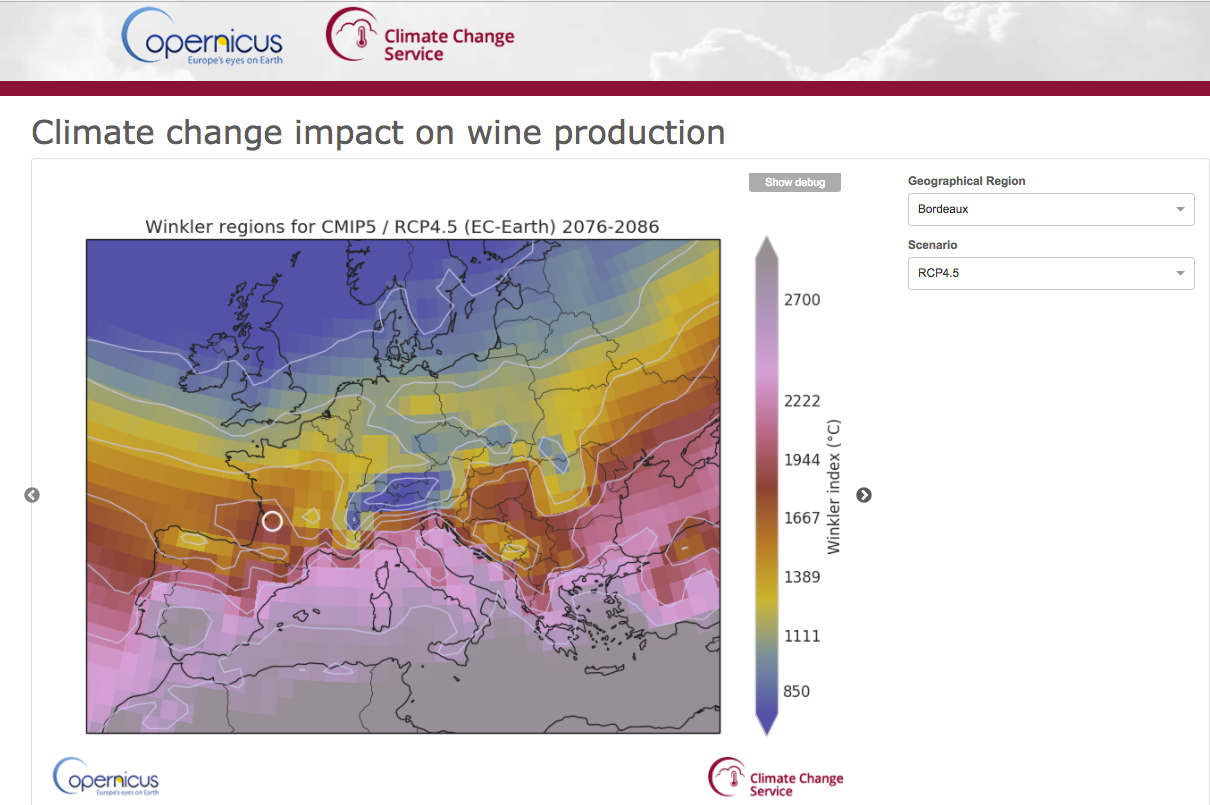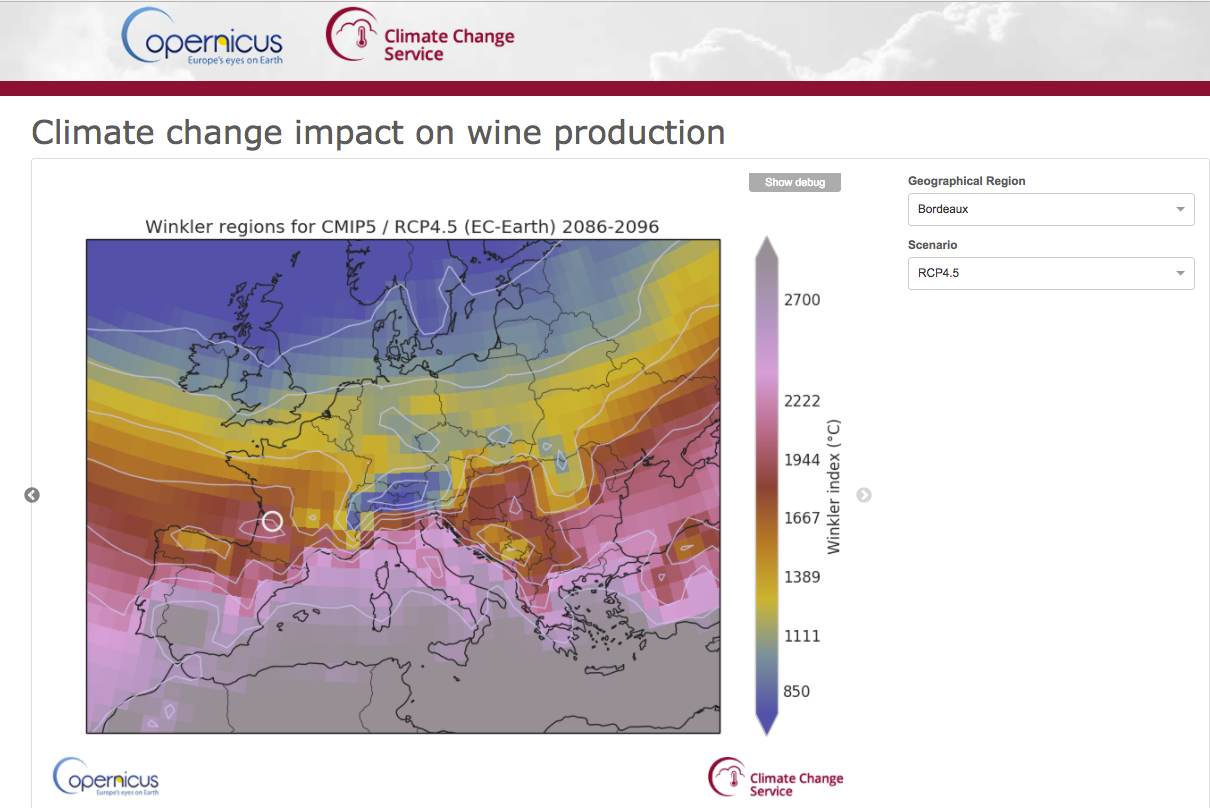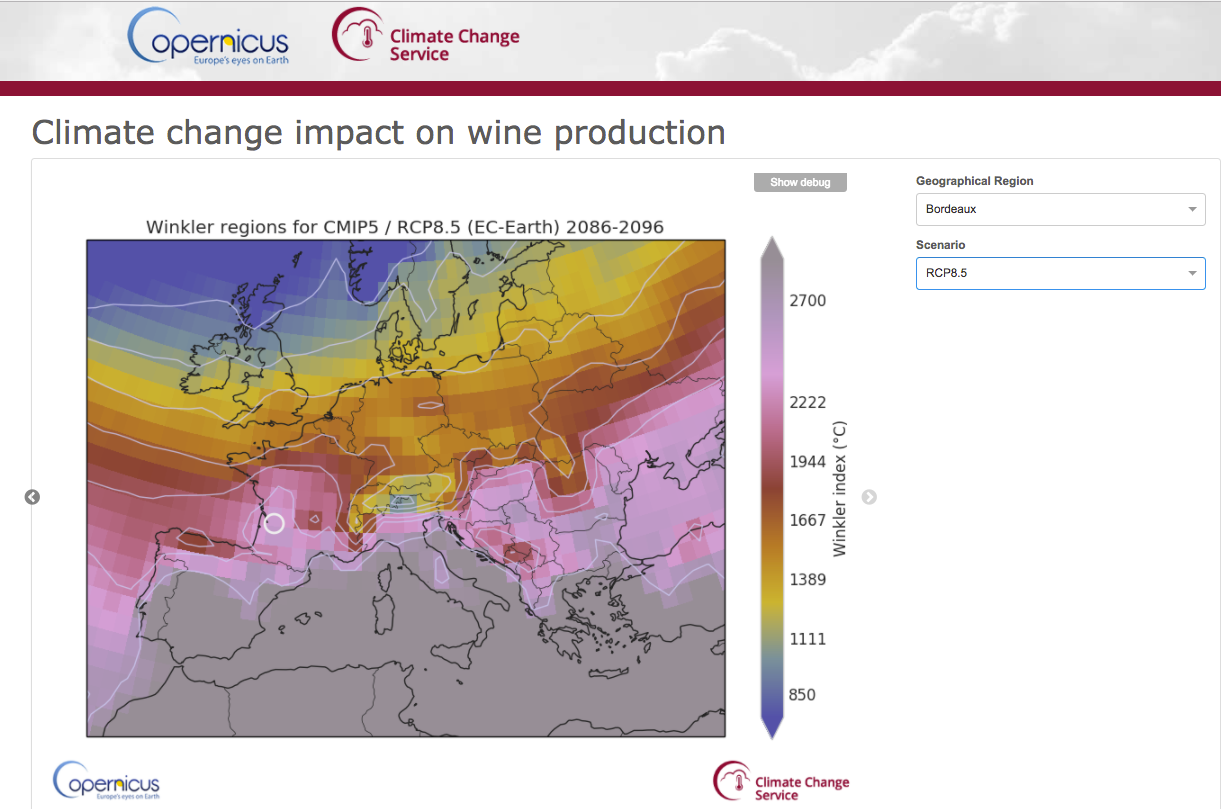Facing the challenge of climate change with Xarray and Dask - Europython 2017
By Francesco Nazzaro
Facing the challenge of climate change with Xarray and Dask - Europython 2017
In the last years climate change has become one of the most important topic. For any period longer than a few days science is not able to provide comparable forecasts, but still a lot of useful information about future climate conditions can be gained on time scale of a few months to even several years. Climate forecast and climate projections data are quite complex to analyse and represent. The Python science ecosystem proves extremely effective as a platform to retrieve, analyse, process and present this type of data. The backbone of the platform is the n-dimensional array library xarray that provides the perfect mix between pandas data structures and dask performance and parallelization. Reliable climate forecasts and climate projections are now available from the Copernicus Climate Change Service, operated by ECMWF, that will become the central hub for European effort in study and mitigate climate change impacts. The service also provides access to an open cloud platform, the CDS Toolbox, that is based on the Python 3 xarray/dask/pandas stack. In this talk I will present how to retrieve, analyse, process and display climate data in a generic use case with xarray and with the Copernicus CDS Toolbox.
